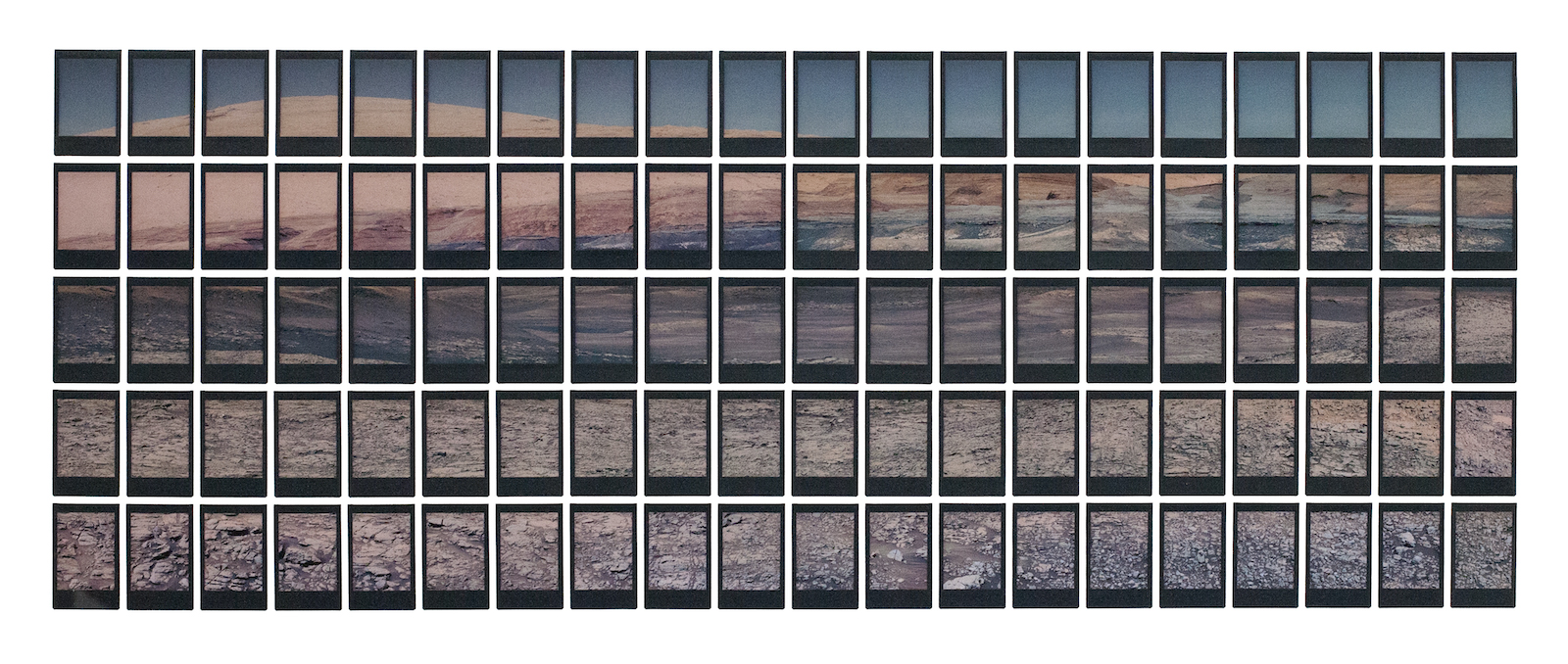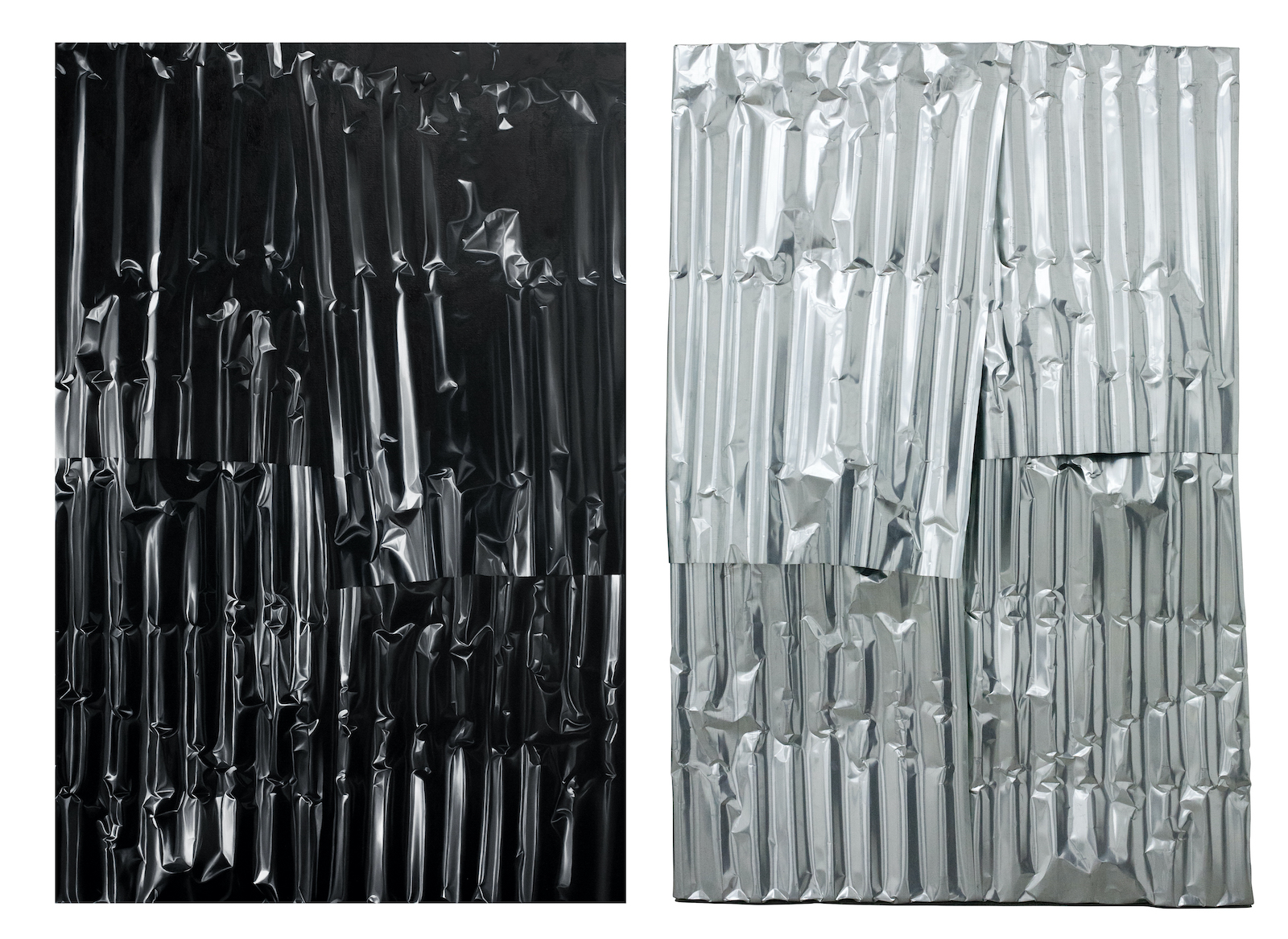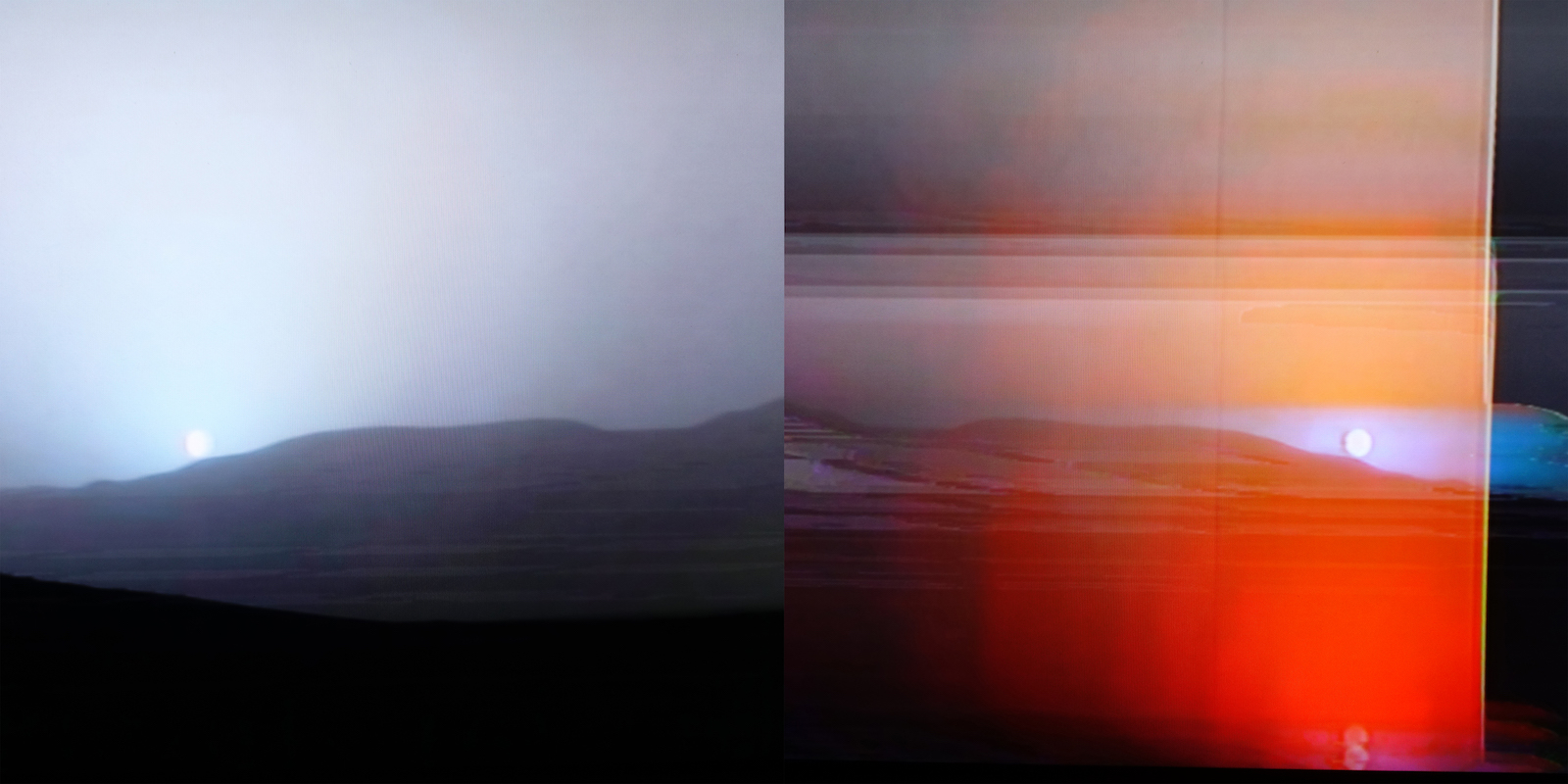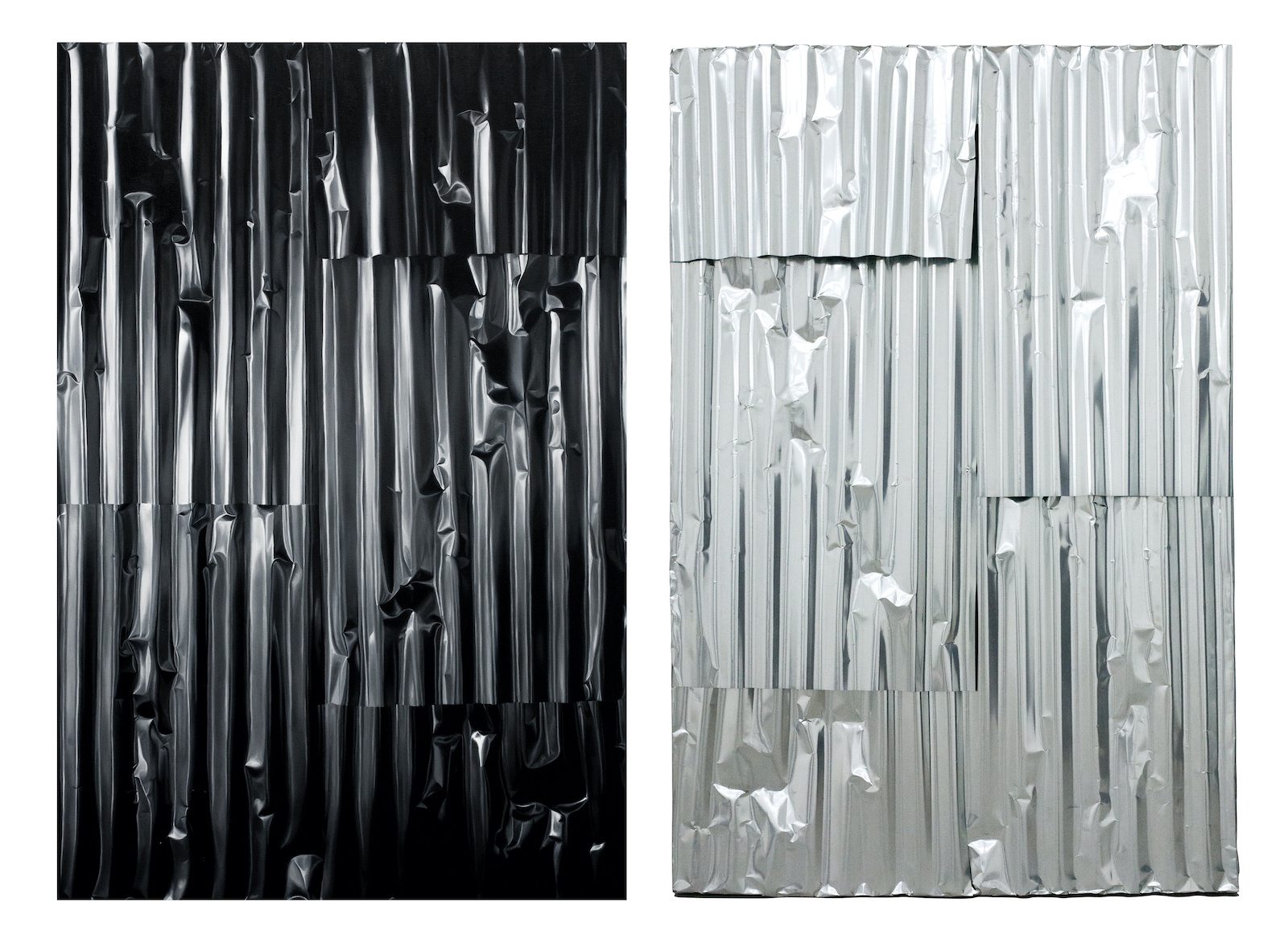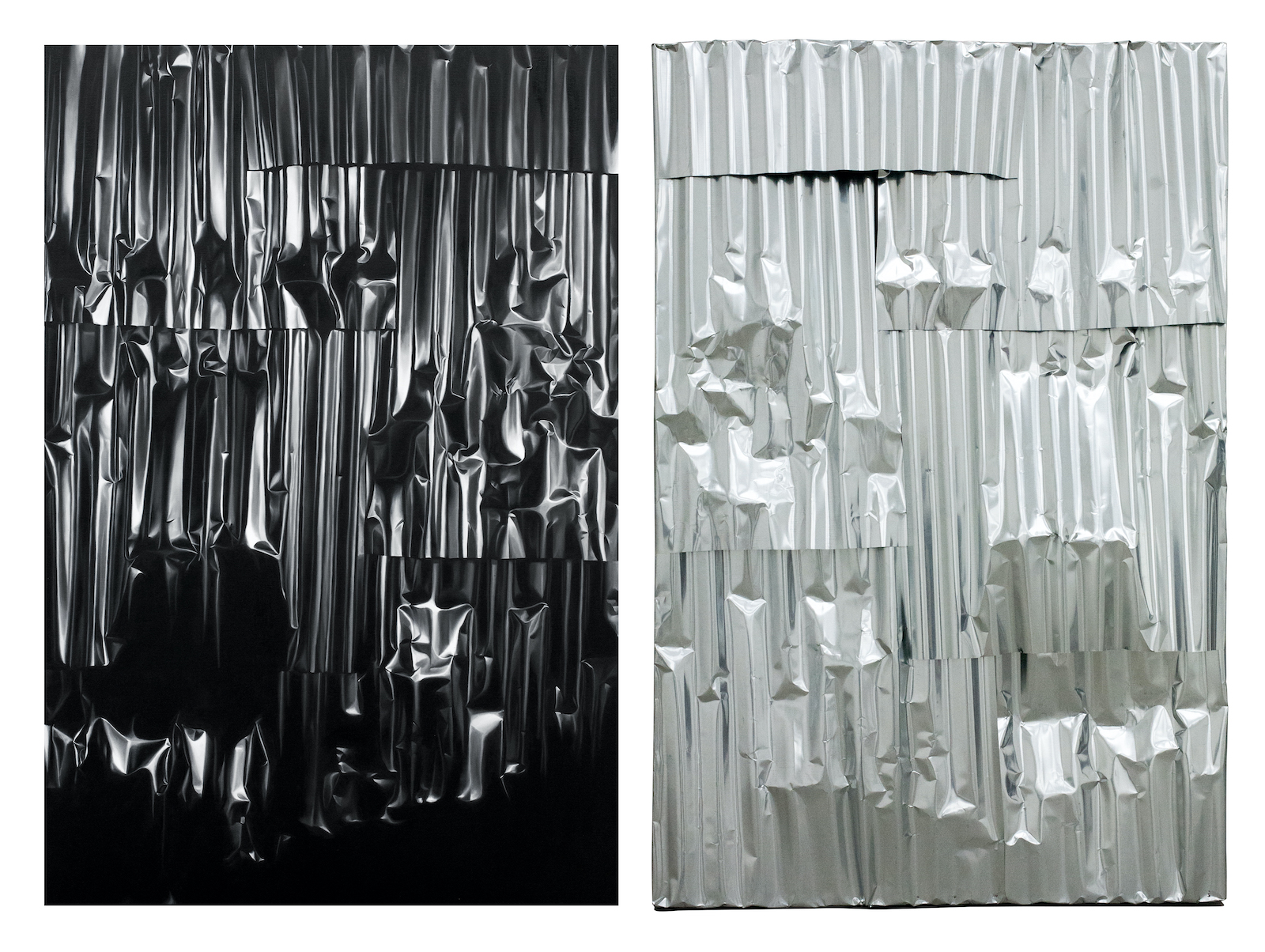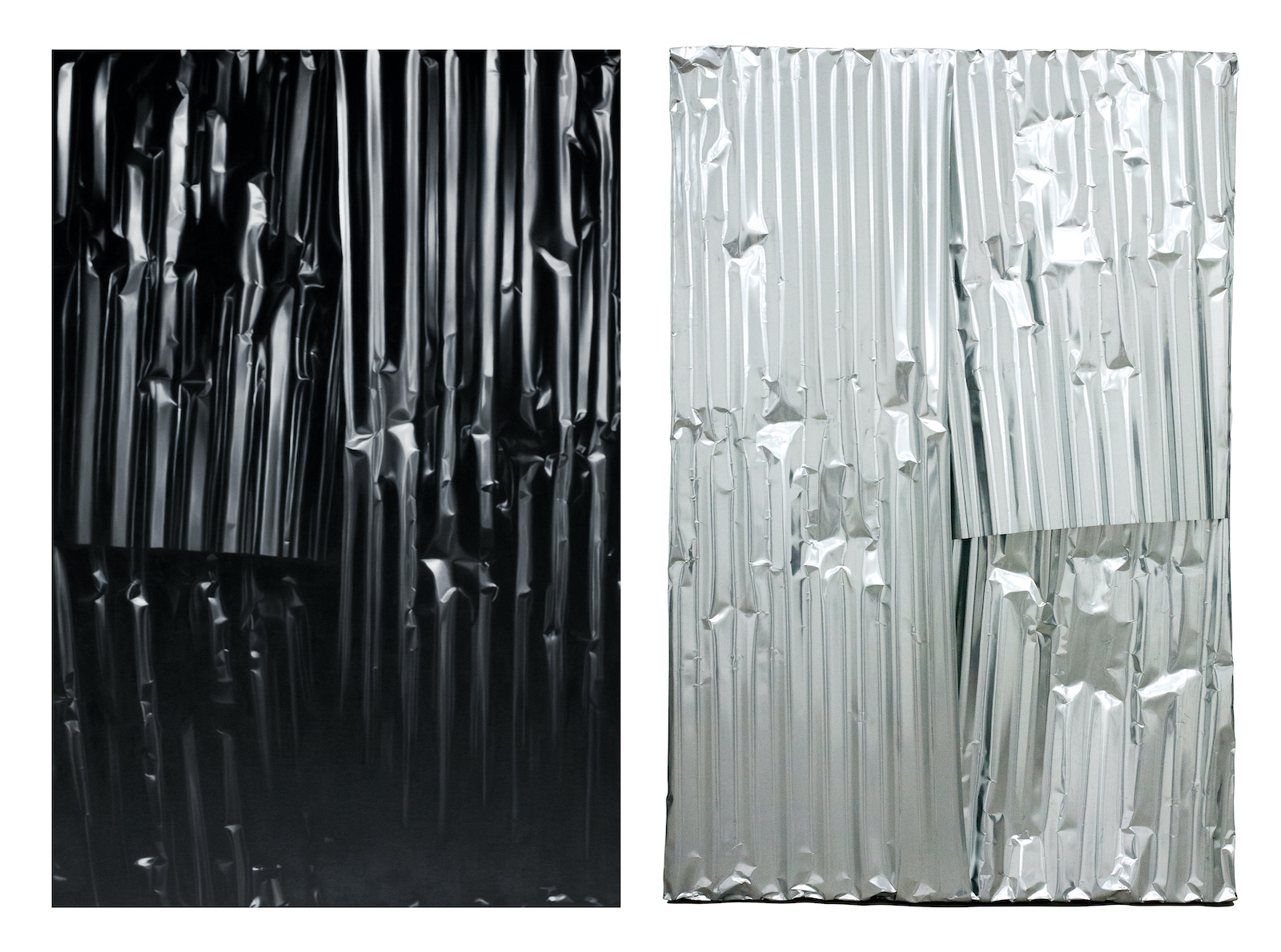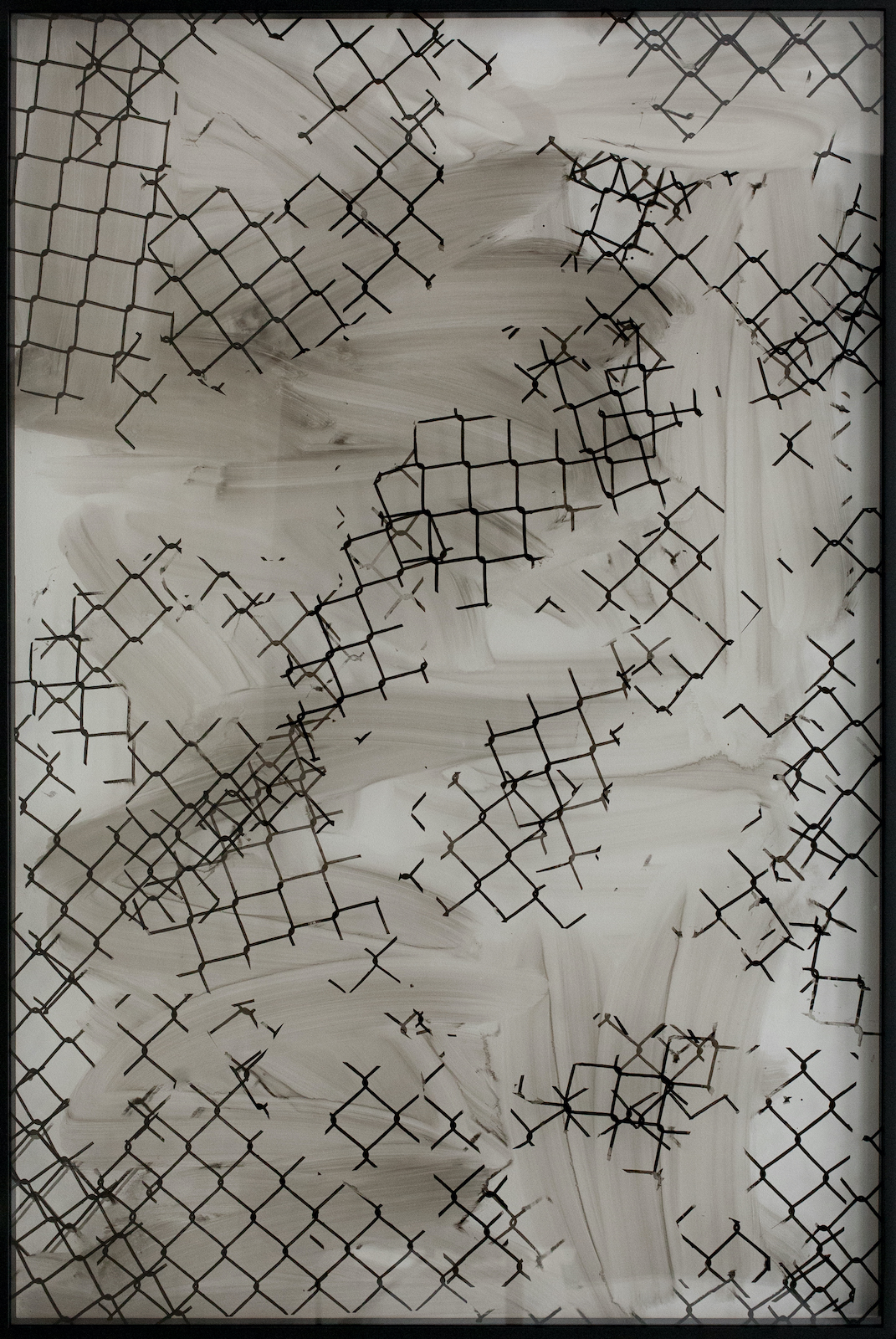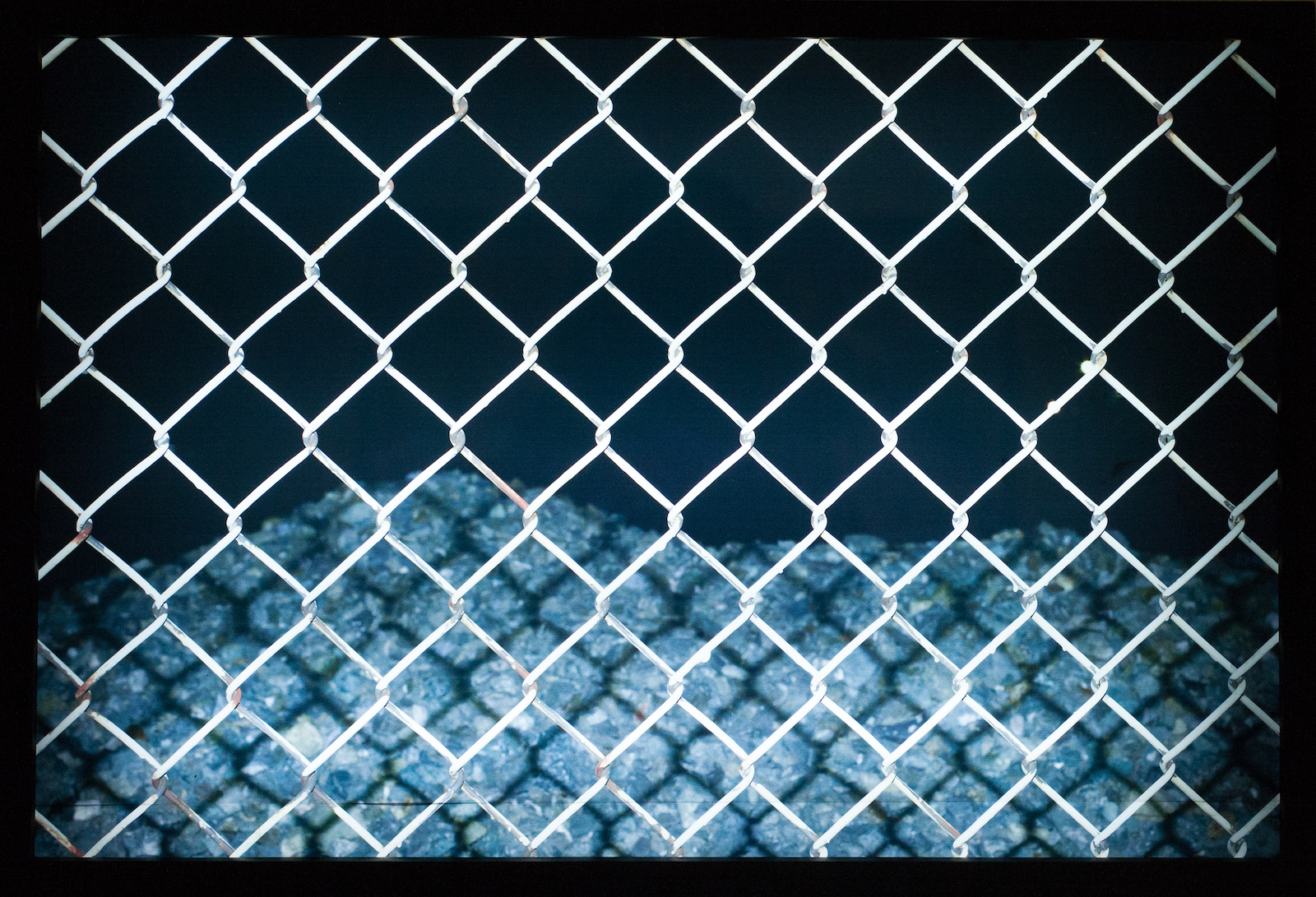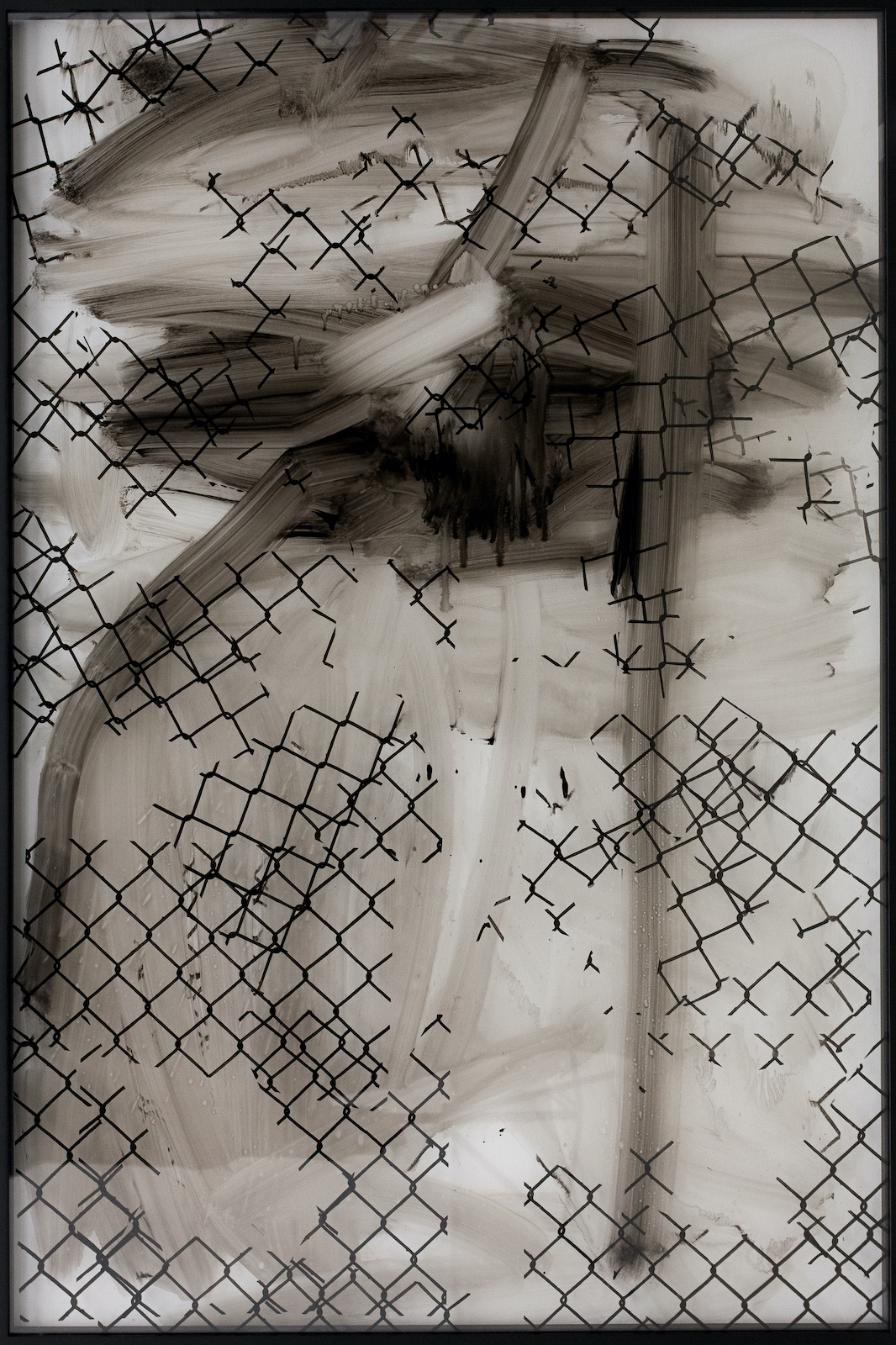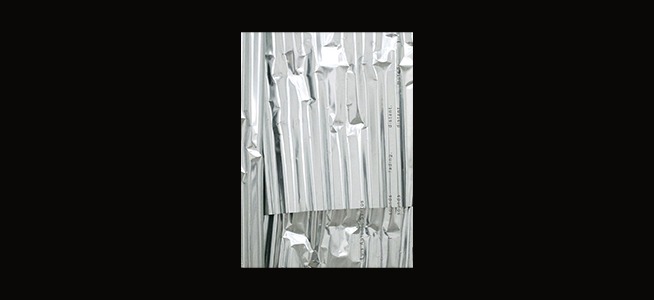
(sounds fading, distant. sounds distant, muted)
Luis Antonio Santos
Silverlens, Manila
Installation Views
About
Twin views of Mars greet you even before you arrive at the main space. Parallel Sunsets is literally a diptych of the same Martian sunset printed on aluminum and with one image flipped horizontally, while Artificial History is made up of instax photographs of the same Martian tableau where a body of water used to exist. Both works play into the scientifically implausible but poetically wondrous notion of Mars as a sort of mirror Earth, but in modifying (altering, color-correcting) the photographs to make them look as if they were shot on Earth, whatever dis-recognition that naturally occurs when something is both alien and familiar is significantly diminished. This process of dissolving whatever recurring animosities come from demarcations is the crux of Luis Santos’ new show (sounds fading, distant. sounds distant, muted). His last two Silverlens shows, Structures and Measuring Distance, both endeavored to confront his ongoing fascination with the processes and vagaries of representation. Here he revisits the same terrain, picking up where the two shows left off, re-interrogating the same relationships, re-purposing the same imagery. But where Structures negotiated the tensions between object-as-painting and painting-as-object and Measuring Distance factored in time and space and memory as variables in the process, both shows bringing the dichotomous push and pull into a sharper relief, (sounds fading, distant. sounds distant, muted) all but blurs those lines of dichotomy, not just between the works themselves but between the three shows, which Santos always meant to form a thematic and philosophical and spiritual and aesthetic whole anyway, each one feeding off and organically building on the one before it. Santos is easing the tensions if you will, this time striking parallels and charting the deviations, remaining attuned to the symbiotic nature of parallels, each work evoking the various permutations of influence between the representation and the represented, teasing out their similarities more than their differences. The show’s title alone reflects this, the way the two sentences come off like mirror images of each other, and the way, too, that they alter each other seemingly in the mirroring. In Untitled (Structures), for instance, which dominates the main space, Santos returns to one of the persistent, ubiquitous visual strands present in all three shows, those corrugated galvanized iron (G.I.) sheets commonly used to make roofing out of, but this time he hangs the actual, tactile material he painted on the wall opposite from where the painting hangs. It’s the most overt, most literal mirroring in the whole show. The rest of his ricochets are quieter, subtler, like the way the image of a wire fence in the light-box installation piece, Echo/Imprint, is appropriated by the silkscreen painting Sequence Pattern Method. Then there is the subtlest, but perhaps the most insidious echo of all, the actual gallery itself, where all three shows were held, and how Santos alters this literal space with an almost territorial sense of delineation, making it less facilitative and more complicit, using materials and objects (GI sheets, wire fences, TV sets) that routinely serve such purposes, in that they arbitrarily define spaces. With (sounds fading, distant. sounds distant, muted), you get a sense that Santos has at last bought his fascination with representation into something of a full circle. He’s always been given over to the subtle alterations that occur in the transitions between represented and representation, but in re-calibrating his focus into what has stayed the same rather than what has changed, the new show ultimately finds its point of departure and engagement.
Words by Dodo Dayao
Luis Antonio Santos (b. 1985, Manila) is a painter based in Quezon City, Philippines. His practice is an experimentation of monochromatic and photorealistic paintings of specimens and distorted surfaces as subjects. He has been exhibiting his works since 2010 with recent solo shows Measuring Distance and Structures (Silverlens Galleries), and Nocturne and Modular/Variations (West Gallery). He has also been included in several group exhibitions in United Kingdom and Singapore.
Works
